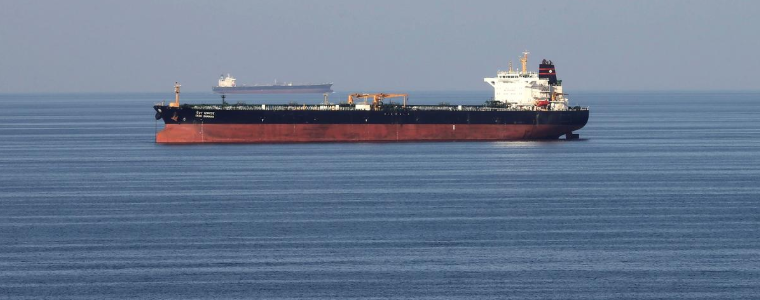
LONDON (Reuters) – Iran’s exports of crude oil were higher than expected in January and are at least holding steady this month, according to tanker data and industry sources, as some customers have increased purchases due to waivers from U.S. sanctions.
Shipments are averaging 1.25 million barrels per day (bpd) in February, Refinitiv Eikon data showed and a source at a company that tracks Iranian exports said. They were between 1.1 and 1.3 million bpd in January, higher than first thought.
A high rate of Iranian shipments would weigh on oil prices and work against a global push to cut supply in 2019 led by the Organization of the Petroleum Exporting Countries. OPEC member Iran negotiated an exemption from the production-cutting pact.
“We think people are taking more ahead of the deadline,” said the industry source who tracks Iranian exports, referring to the scheduled end of U.S. sanctions waivers in May.
Increased exports from the Islamic Republic might prompt renewed U.S. efforts to clamp down on flows. However, this would run the risk of driving up oil prices as Washington is also seeking to curtail exports from another foe, Venezuela.
Iran’s exports have become more opaque since U.S. sanctions on the country’s oil sector took effect in November. While most agree they have dropped steeply, views on flows can differ by as much as several hundred thousand barrels per day – enough to affect prices.

